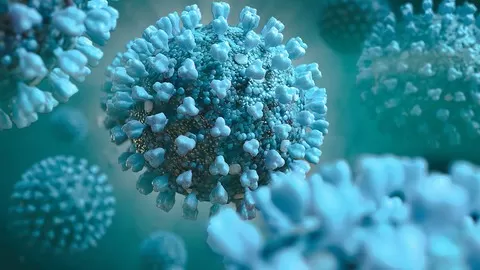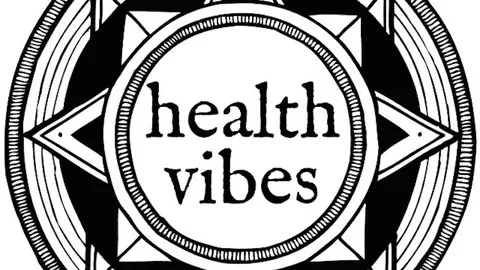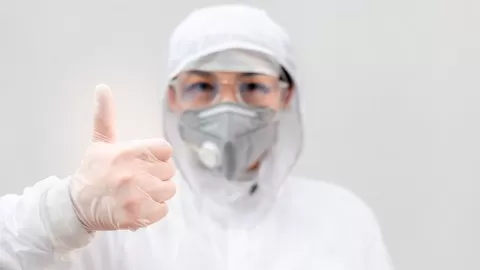This new virus was first detected in Wuhan City, Hubei Province, China. The first infections were linked to a live animal market, but the virus is now spreading from person to person. It’s important to note that person-to-person spread can happen on a continuum. Some viruses are highly contagious (like measles), while other viruses are less so.
The virus that causes COVID-19 seems to be spreading easily and sustainably in the community (“community spread”) in some affected geographic areas. Community spread means people have been infected with the virus in an area, including some who are not sure how or where they became infected.
Coronaviruses are a large family of viruses. Some cause illness in people, and others, such as canine and feline coronaviruses, only infect animals. Rarely, animal coronaviruses that infect animals have emerged to infect people and can spread between people. This is suspected to have occurred for the virus that causes COVID-19. Middle East Respiratory Syndrome (MERS) and Severe Acute Respiratory Syndrome (SARS) are two other examples of coronaviruses that originated from animals and then spread to people.
Coronavirus disease 2019 (COVID-19) is a contagious disease caused by severe acute respiratory syndrome coronavirus 2 (SARS-CoV-2). The first known case was identified in Wuhan, China in December 2019.[7] The disease has since spread worldwide, leading to an ongoing pandemic.[8]
Symptoms of COVID-19 are variable, but often include fever,[9] cough, headache,[10] fatigue, breathing difficulties, and loss of smell and taste.[11][12][13] Symptoms may begin one to fourteen days after exposure to the virus. At least a third of people who are infected do not develop noticeable symptoms.[14] Of those people who develop noticeable symptoms enough to be classed as patients, most (81%) develop mild to moderate symptoms (up to mild pneumonia), while 14% develop severe symptoms (dyspnea, hypoxia, or more than 50% lung involvement on imaging), and 5% suffer critical symptoms (respiratory failure, shock, or multiorgan dysfunction).[15] Older people are at a higher risk of developing severe symptoms. Some people continue to experience a range of effects (long COVID) for months after recovery, and damage to organs has been observed.[16] Multi-year studies are underway to further investigate the long-term effects of the disease.[16]
Transmission of COVID-19 occurs when people are exposed to virus-containing respiratory droplets and airborne particles exhaled by an infected person.[17][18] Those particles may be inhaled or may reach the mouth, nose, or eyes of a person through touching or direct deposition (i.e. being coughed on).[17] The risk of infection is highest when people are in close proximity for a long time, but particles can be inhaled over longer distances, particularly indoors in poorly ventilated and crowded spaces.[17][19] In those conditions, small particles can remain suspended in the air for minutes to hours.[17] Touching a contaminated surface or object may lead to infection although this does not contribute substantially to transmission.[17][20] People who are infected can transmit the virus to another person up to two days before they themselves show symptoms, as can people who do not experience symptoms.[21][22] People remain infectious for up to ten days after the onset of symptoms in moderate cases and up to twenty days in severe cases.[23]
Several testing methods have been developed to diagnose the disease. The standard diagnostic method is by detection of the virus’ nucleic acid by real-time reverse transcription-polymerase chain reaction (RRT-PCR), transcription-mediated amplification (TMA), or by reverse transcription loop-mediated isothermal amplification (RT-LAMP) from a nasopharyngeal swab.
Preventive measures include physical or social distancing, quarantining, ventilation of indoor spaces, covering coughs and sneezes, hand washing, and keeping unwashed hands away from the face. The use of face masks or coverings has been recommended in public settings to minimize the risk of transmissions. Several vaccines have been developed and many countries have initiated mass vaccination campaigns.
Although work is underway to develop drugs that inhibit the virus, the primary treatment is symptomatic. Management involves the treatment of symptoms, supportive care, isolation, and experimental measures.
Yoni/Vaginal Steam Training Certification E Course
4.7
★★★★★ 4.7/5
5,242 students












